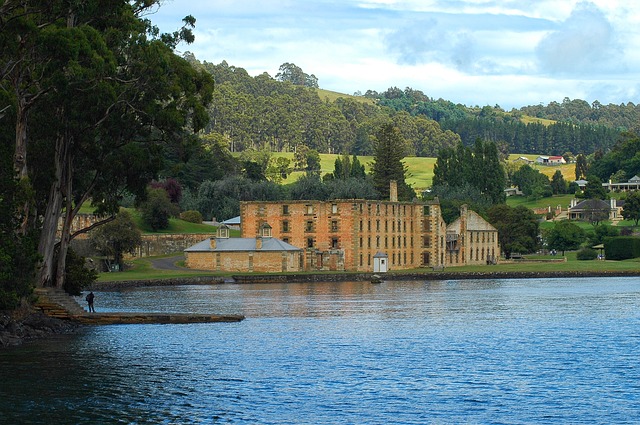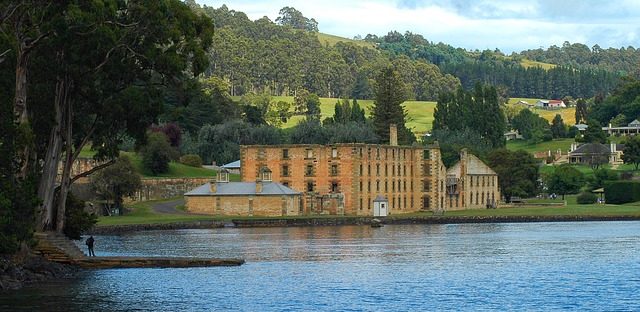- Target: 100% renewable energy by 2020.
- Status: In progress
- RES: Hydropower, windpower, rooftop solar photovoltaics.
- Implementation: In 2013, the Tasmanian Government launched a climate action plan the "Climate Smart Tasmania: A 2020 Climate Change Strategy" which outlined the 100% target for the reduction of carbon emissions and help communities adapt to climate change. Based on research and consultation, the plan focused on energy efficiency in existing buildings, monitoring emissions and biodiversity, efficient water use, reducing barriers to utilising renewable energies, training Tasmania’s workforce, electrifying public transport as well as managing and reducing natural hazard risks in the state. By 2014, Tasmania already achieved 93% due to its large hydropower resources. The state did come close to reaching the 100% with wind energy alongside 70MW rooftop solar power. However systems were affected by an energy crisis in December 2015. Between September 2015 and April 2016, the state suffered record low rainfalls, affecting hydropower generation. In December, Tasmania had to return to the production from fossil fuels when the Basslink interconnector with the Australian mainland also failed. However, in May 2016, Tasmania announced that the island was fully powered by renewable energies. Diesel generators and the gas turbine were switched off as heavy rains eased the energy situation. The Energy Supply Plan was subsequently updated to ensure flexible energy generation by prioritising renewable energy sources, with gas and diesel maintained only as a backup system.
- Population: 526,700 (2018)
- Area: 68,401 km² (26,410 sq mi)
- Link: https://reneweconomy.com.au/tasmania-labor-pitches-120-renewables-target-rooftop-solar-boost-34727/

